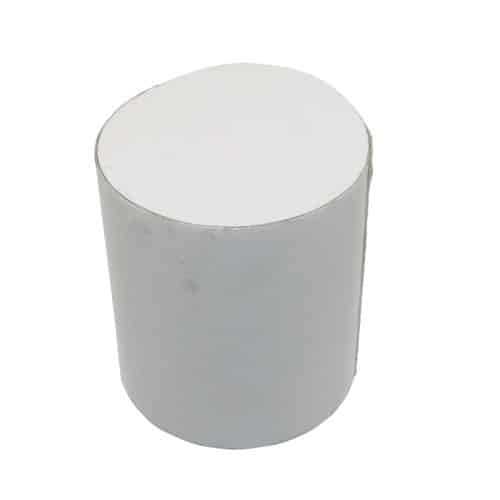
If not, remove the dry caulking with a utility knife or scraper. If your current caulking is old enough, you may be able to remove the vent with your hands as in this video. This video features a bathroom fan, but the process is the same regardless of which type of fan you want to seal.ġ.
#TUCK TAPE FOR WATER LEAK HOW TO#
Here’s a quick video on how to caulk an exterior vent fan. You can solve that problem with one tool: caulk. So, you don’t want cold air seeping through your range hood vent and into your home. In the fall and winter, it gets quite cold. There are two places where your range hood duct connects: the inside of your home and the outside of your home. How do I keep cold air from coming in my stove vent? There’s not a downside to adding more tape to seal the vent tightly. A year or two down the line, it might save you some time on repairs. Or if you’re not confident in the first layer of aluminum tape, just apply a second layer. It should overlap with the top edge of your first layer of tape to secure it in place.

Attach a second layer of tape a little higher than the first one. If air leaks from your range hood during the test, apply a second layer of duct tape. If air leaks, apply a second piece of duct tape. So be sure to complete this step to avoid that hassle.ĥ.

Then, once you figure that out, you have to remove the chimney to tighten the seal. With a chimney covering the duct, it may be hard to notice for several weeks or even months if your range hood isn’t running at its best efficiency. If you test the range hood now, it’s easy to tell if air leaks. Do you feel any air seeping through? If so, you need to seal it tighter or apply a second layer of tape. To save some time during the installation, plug in your hood and test the blower.Ĭycle through all the different speeds and put your hand near the duct tape. But, we’re not using our range hood to vent cooking exhaust in our own home. In the video, we moved on to installing the chimney after step 3. Test the range hood before installing the chimney. You want to get rid of any air bubbles or gaps between the tape and the range hood duct. Use your hands to press firmly on the tape. Even if you attach aluminum tape, it’s no good if the seal is not air tight. If you take away anything from this article, be sure to complete this step. Secure the duct tape firmly to the transition piece. Or, have your aluminum duct tape ready when you attach the vent to your hood.Īpply tape to the entire outside of the range hood duct. If not, ask a friend to hold the duct while you grab aluminum duct tape to seal the vent tight. When installing your hood, the duct might stay in place without duct tape.

You may need to stretch the duct a little so it fits comfortably. Pull the duct downward and attach it to the transition piece.

It is more durable and cost-effective than flex ductwork. This is not recommended in your own home. In the video, we use flexible ductwork for demonstration purposes. Extend your duct down to attach it to the transition piece.


 0 kommentar(er)
0 kommentar(er)
